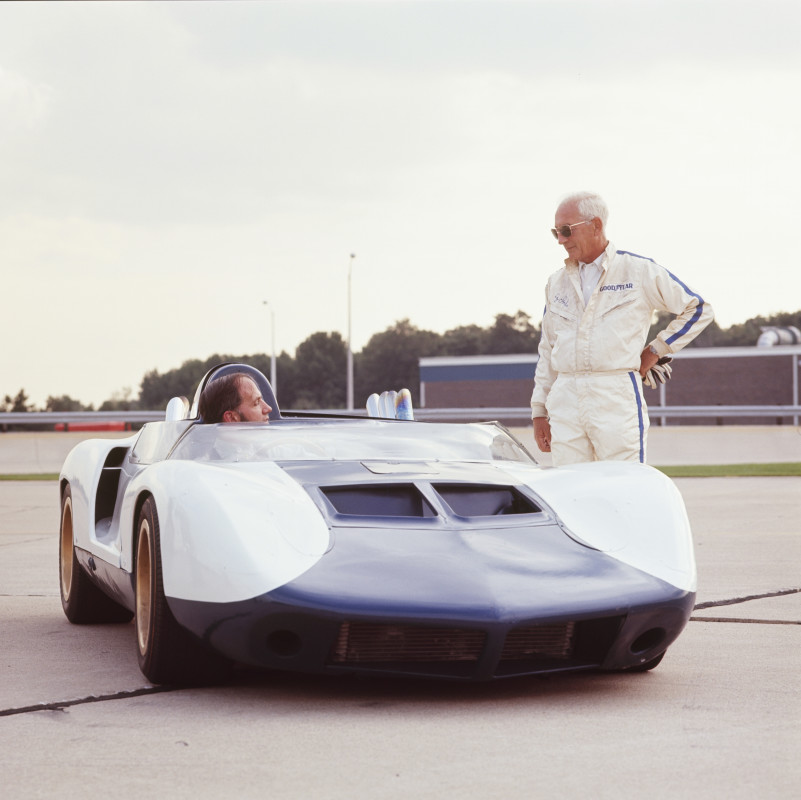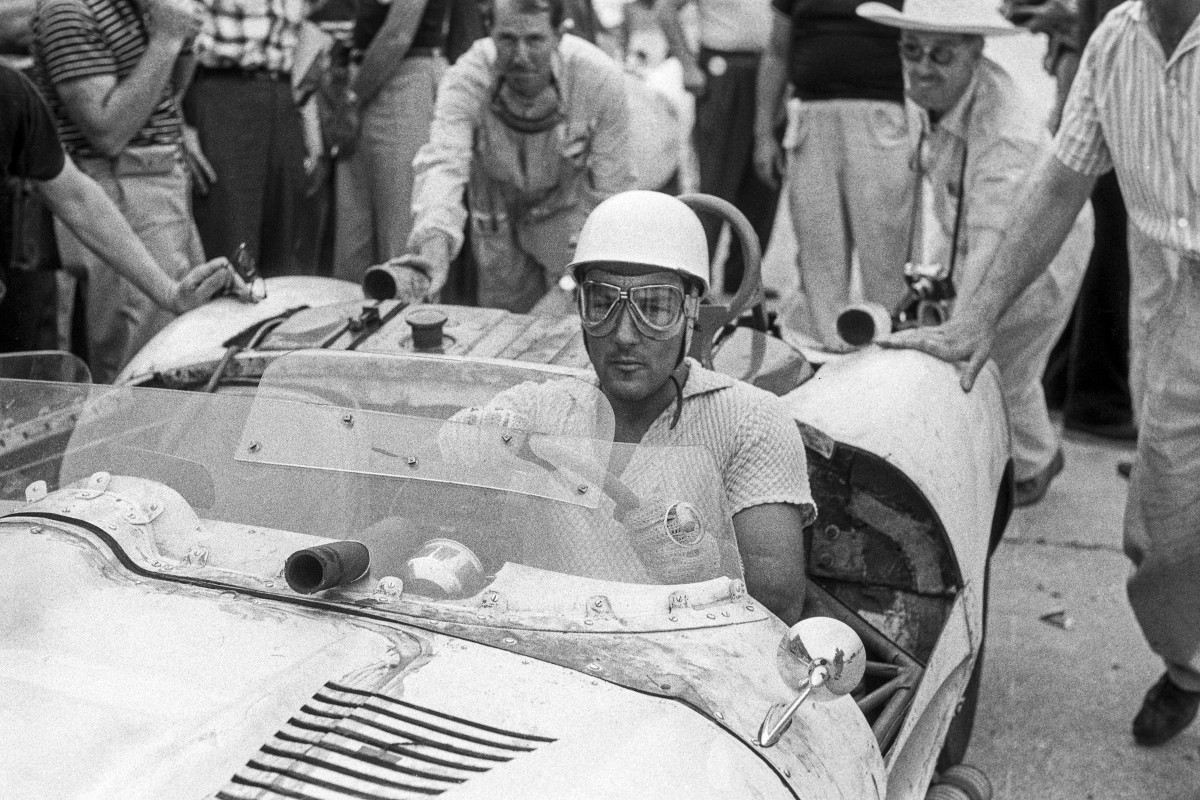The National Corvette Museum’s 31st anniversary celebration is coming up at the end of August 2025, and it’s going to feature one of the rarest and most special Corvettes of all time.
Zora Arkus-Duntov, often referred to as the “father of the Corvette,” didn’t invent America’s sports car, but he certainly made some of the most significant contributions to its development and success.
Some even refer to him as “Corvette’s Nostradamus.”
The Russian-American engineer’s first major contribution to the Corvette came when he lead the team that developed the car’s first fuel injection system in 1957, which was also the first time an American car featured the then-new technology. Previously, cars used a much simpler carburetor to deliver fuel and air into the combustion chamber of the engine.
In the same year, Duntov and his team developed the Corvette SS, which created the still-used SS badge marking some of Chevrolet’s highest performance models. He was also promoted to the company’s director of high performance later that year, according to Car and Driver.

Duntov is famous for many things, often arguing with bigwigs at Chevy in an effort to make the Corvette go faster, which resulted in designing the first concept mid-engined Corvettes, axing the now-famous 1963 coupe’s spilt-window design, adding disc brakes to the Corvette and stiffening its chassis for better handling.
There is even a camshaft named after him, which he designed, available as an option on 1957 through 1961 model Corvettes, in first generation cars.
He became Corvette chief engineer in 1967 and was also instrumental in bringing forth performance Corvette options such as the Z06 performance package and Corvette Grand Sport model, according to the Automotive Hall of Fame.
Despite a ban on racing in 1957 by the Automobile Manufacturers Association, Duntov was hellbent on ensuring his Corvette competed.

His Corvette team spurred its cars to the finish line by offering special factory options packages specifically designed for privateer racing teams, since Chevrolet no longer officially condoned factory-backed racing, and published documents detailing how to modify the cars to go faster.
And in 1961, General Motors made an official agreement with the U.S. government to completely cease all support of racing. That still didn’t stop Duntov, though.
He began working in secret on his Grand Sport project, developing what was intended to be a world-beating Corvette race car with a special all-aluminum small-block V8, revised aerodynamics and extreme weight saving measure that cut roughly 2,000 pounds off a production car.
GM caught wind of the project and forced Duntov to stop the madness, and he ended up turning his pet project over to some privateer teams after hiding two of them in GM’s special projects garages and ensuring they were as fine tuned as he could.
Only five of the original lightweight Corvette Grand Sport coupes were produced before GM killed the project, but they went on to become absolute legends in the American racing scene. Original footage including Duntov himself immortalizes the cars.
Duntov ended up retiring years later in 1975, and his employer in a fitting gesture gifted him one of his creations: a 1974 Corvette Stingray with a 454-cubic-inch big block V8.
Duntov only ever owned the one Corvette too. But why would he need to buy his own Corvette when he gave birth to the most legendary models ever devised and injected his own engineering DNA into generations of Corvettes to come?
Now, the National Corvette Museum is restoring Duntov’s personal car with plans to display it in its upcoming anniversary celebration, August 28–30, 2025.
The two-tone blue body was carefully seperated from the chassis and all components carefully documented, “cleaned, stabilized, and reinstalled to ensure its authenticity,” according to the museum.
The museum cares so much about the authenticity of the car that even kept the creases left by Duntov’s elbow in the armrest.
The two-tone paint job also has a unique history, painted by Duntov’s friend at his request, featuring a custom painted “ZAD” on the doors to Duntov’s surprise.

Duntov’s car will be displayed as the centerpiece to the museums Corvette Hall of Fame exhibit.
Immortalizing Duntov’s car is a special project, the museum wrote.
“This car represents Corvette history in its purest form,” Robert Maxhimer, Director of Curatorial Affairs and Education at the National Corvette Museum, said.
But Duntov is arguably immortalized in every Corvette ever produced, and especially in those gracing racetracks.
Duntov’s idea more than half a century prior to create a mid-engined car came to life when Chevy announced the most recent generation of the car, the C8, would feature a mid-mounted engine.

